African bead art masters and their lasting legacy
Beloved Beads
-
Entrance to Bead Art from Africa: The Mottas Collection at the Rietberg Museum in Zurich
Photo © Museum Rietberg
-
Beaded fringe trade route map by Anna Richerby and Laurence Kapinga Tshimpaka from Cape Town-based brand Beloved Beads
Photo © Museum Rietberg, collection François and Claire Mottas
-
Detail of beaded trade route map—comprising 348,000 beads.
Photo © Museum Rietberg, collection François and Claire Mottas
-
Earring, Maasai artist from Kenya, 1950-1970
Photo © Museum Rietberg, collection François and Claire Mottas
-
Ere ibeji figures with beading, Yoruba artists of the Oyo region, Igbuke, Nigeria, 1900-1960
Photo © Museum Rietberg, collection François and Claire Mottas
-
Buffalo mask, Bamum artist from Fumban, Cameroon, late-19th century
Photo © Museum Rietberg, collection François and Claire Mottas
-
Neck ornament, Kamba artist from Kenya, 1930-1950
Photo © Museum Rietberg, collection François and Claire Mottas
-
Female figure (ham pilu), artist of the Fali region, north Cameroon, after 1934
Photo © Museum Rietberg, collection François and Claire Mottas
-
Smoking pipe, Xhosa artist from the Eastern Cape (South Africa), 1950
Photo © Museum Rietberg, collection François and Claire Mottas
-
Beaded mini-apron, worn by girls in the Drakensberg region of South Africa, 19th century
Photo © Museum Rietberg, collection François and Claire Mottas
-
Inside Bead Art from Africa: The Mottas Collection at the Rietberg Museum
Photo © Museum Rietberg
-
Inside Bead Art from Africa: The Mottas Collection at the Rietberg Museum
Photo © Museum Rietberg
-
MaXhosa by Laduma—Spring/Summer 2016
Photo © Laduma
-
MaXhosa by Laduma—Spring/Summer 2016
Photo © Laduma
-
Maxhosa By Laduma—LFDW2016
Photo © Laduma
-
Linda Mhlawuli as A Native Maiden from the Native Work series, by photographer Andrew Putter, 2012
Photo © Andrew Putter
-
Athenkosi Mfamela as A Young Man Dressed for the Dance from the Native Work series, by photographer Andrew Putter, 2012
Photo © Andrew Putter
-
ITJHEBE lamp by Atang Tshikare
Photo © Atang Tshikare
-
THITHANA tabletop storage piece by Atang Tshikare
Photo © Atang Tshikare
-
LEIFO Chair by Atang Tshikare and Eve Collett, featuring feather-like woven grass, brass beads, and charred wood
Photo © Atang Tshikare
-
Riro Chair by Nigerian designer Funfere Koroye
Photo © Atang Tshikare
On a recent trip to Zurich, I chanced upon an exhibition of African beadwork at the Rietberg Museum. Growing up in and out of South Africa, I've experienced the brilliance and ingenuity of African bead artists my whole life, so I was intrigued to see how a European museum would frame the work. Museums are never neutral. Each piece that's selected for elevation to "museum-worthiness" represents a particular worldview; a specific way of appreciating one artform or cultural viewpoint over another. And art from Africa has, in the context of the colonial legacy of the European museum system, typically been either ignored or minimized as folk art. Encouragingly, the exhibition at Rietberg Museum is a step in the right direction. Bead Art from Africa: The Mottas Collection presents a stunning assembly of beaded artworks from an incredible range of artists and cultural contexts spanning two centuries—and does so in a way that is suitably respectful to the heritage of each piece.
The Rietberg Museum sits atop a steep hill in the Rieterpark near the north-western tip of Lake Zurich. The climb is worth it for the views alone—but also for the museum, of course, with its global exhibitions covering material culture from Asia, Africa, the Americas, and Oceania. It’s the only museum in Switzerland that focuses on non-European art and design and comprises several buildings. The main one is the impressive, neo-classical Villa Wesendonck, which now sits charmingly, if incongruously, opposite the jewel-like, facetted glass entrance to the ‘Smaragd’; a largely subterranean addition completed in 2007 by architects Alfred Grazioli and Adolf Krischanitz that doubled the museum’s exhibition space. After the visual extravagance of the vistas and the unusual architecture outside, the gallery spaces below provide a pleasing counterpoint; a controlled interior, without distractions, in which to contemplate the presented work.
The pieces in Bead Art from Africa are breathtaking, from geometric Xhosa beaded collars to the more delicate, red Maasai neckpieces and a stunning horned mask from Cameroon adorned with blue and red beads and white shells. Picasso eat your heart out! The exhibition guides viewers through the distinct stylistic patterns and color-palettes that differentiated cultural groups and encoded complex messages about identity, status, and gender; illuminating how beadwork was as much about innovation as tradition while illucidating the history of glass bead trade between Europe and Africa. A highlight of the exhibition is the gorgeous beaded fringe trade route map—made of a staggering 348,000 beads—by contemporary South African designers Anna Richerby and Laurence Kapinga Tshimpaka from Cape Town-based brand Beloved Beads.
As early as the 17th century, glass beads were being manufactured in Murano, Amsterdam and Bohemia (now the Czech Republic) specifically for the African markets. The economic potential of the bead trade inevitably led to cultural exchange and a cross-pollination of aesthetics from Africa to Europe, the results of which can be seen littered throughout Impressionist, Cubist, and modernist art.
The legacy of African beadwork on European design is rarely acknowledged, but evidence of its influence is abundant throughout the last century and up to today. Superstar designers the Haas Brothers collaborated with South African contemporary beading company Monkeybiz to create the Afreaks (2015) collection of wonderfully weird sculptural objets d’art. Prague-based Studio deFORM have used tonal collections of glass beads to form the surfaces of the Beads Tables. Italian designer Serena Confalonieri has directly assimilated Maasai compositional forms into her Masai Collection [sic]. The Forbidden Fruit collection of hanging ceiling lamps by Glimpt for the South African Potters Workshop plays with proportion using hand-painted ceramic and wooden ‘beads’ created in partnership with South African artisans.
Contemporary African designers, meanwhile, are of course also carrying the aesthetic legacy of bead art forwards in their practices. Atang Tshikare, South African artist and designer represented by tour de force on the African design scene Southern Guild, is a name that all contemporary design lovers should know. His stunningly crafted and aesthetically rich pieces often employ beading techniques; the wonderfully corporeal Ithjebe Lamp is constructed of jacaranda wood and Zimbabwean woven water reeds, embellished with wooden beads that give the impression of organic growth. Acclaimed Botswanan studio Mabeo takes a more minimalist approach, but some of the textures and palettes of pieces like the Embi Cabinet (2015) or Sefefo (2014) series of tables and stools—a collaboration with design celeb Patricia Urquiola—retain an echo of the stylistic devices invented by bead artists. And if you’re looking for even more talent from the continent, check out the work of Nigerian designer Funfere Koroye who is poised to make an international splash with his range of seating combining powder-coated steel and traditionally woven rattan cane.
You’ll have to rush to catch Bead Art From Africa at Rietberg, it closes on October 21, but luckily there’s plenty more ways to explore the legacy of this incredible artform.
-
Text by
-
Gretta Louw
A South-African born Australian currently based in Germany, Gretta is a globetrotting multi-disciplinary artist and language lover. She holds a degree in Psychology, and has seriously avant garde leanings.
-
More to Love
Kite Poster by Atang Tshikare for Fiercepop
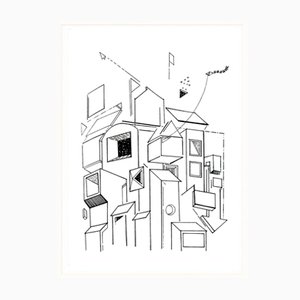
Cross Stitch Embroidery Hanging Swing Chair from Studio Stirling

Supa Dining Chair in Color by Mabeo Studio

Kota Tray with Painted Trim by Garth Roberts
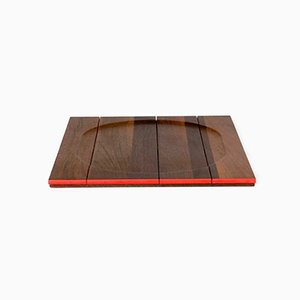
Meradi Wardrobe by Garth Roberts

Sanka Paper Tray Portrait by Garth Roberts
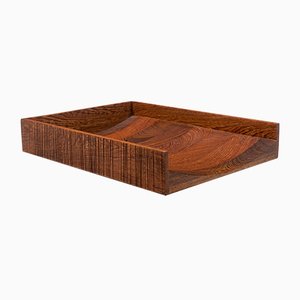
Sefefo Long Table with Painted Trim by Patricia Urquiola for Mabeo
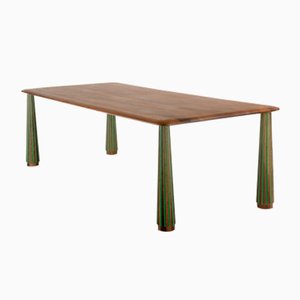
Seri Candle Holder for 7 Candles by Garth Roberts

Seri Candle Holder for 3 Candles by Garth Roberts

Seri Candle Holder with Painted Trim for 7 Candles by Garth Roberts
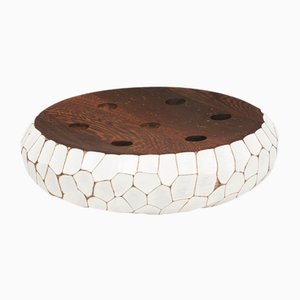
Embi Narrow Drawer Storage by Mabeo Studio
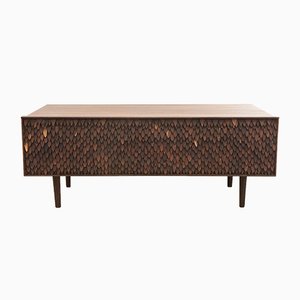
Cross Stitch Hanging Swing Chair from Studio Stirling
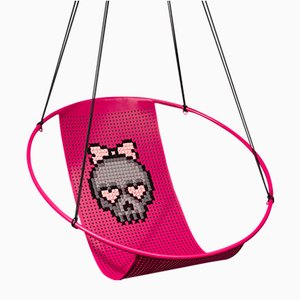
Embi Medium Height Single Door Storage by Mabeo Studio
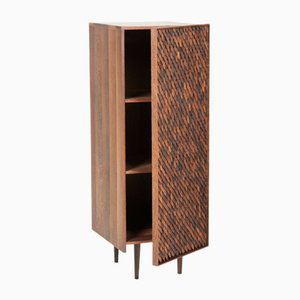
Folete H Chest of Drawers by Garth Roberts for Mabeo

Small Rectangular Masai Tray in Polished Aluminum by Aldo Cibic for Paola C., 2018
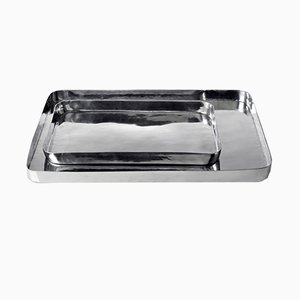
Large Rectangular Masai Tray in Polished Aluminum by Aldo Cibic for Paola C, 2007

Cross Stitch Embroidery Hanging Swing Chair from Studio Stirling

Blue Cross Stitch Embroidery Hanging Swing Chair from Studio Stirling

My House Above Poster by Atang Tshikare for Fiercepop

Sling Chair with Embossed Geometric Patterns from Studio Stirling

Violet Cross Stitch Embroidery Hanging Swing Chair from Studio Stirling

Black Cross Stitch Embroidery Hanging Swing Chair from Studio Stirling
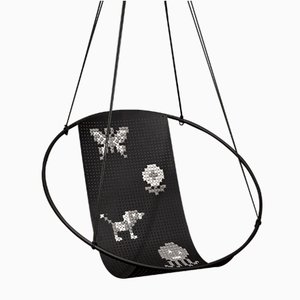
Rothko Serving Board Small by Claesson Koivisto Rune for Mabeo

Peo Bowl in Panga Panga Wood by Patty Johnson for Mabeo
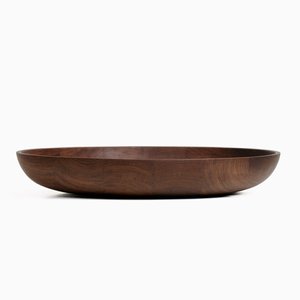
Folete H Platform Dresser by Garth Roberts

Ipe Stool with Painted Trim by Luca Nichetto for Mabeo

Sefefo Color Series Stool with Painted Trim by Patricia Urquiola for Mabeo
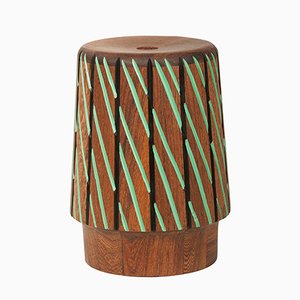
Sefefo Color Series Dining Table with Painted Trim by Patricia Urquiola for Mabeo

Maun Windsor Lounge Chair by Patty Johnson for Mabeo
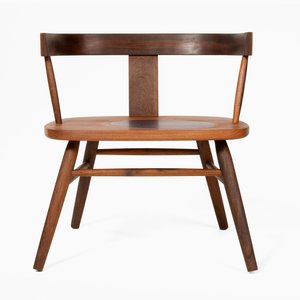
Pula Bookshelf by Luca Nichetto for Mabeo

Maun Windsor Side Chair by Patty Johnson for Mabeo

Nika Coat Hooks with Painted Trim by Garth Roberts for Mabeo, Set of 5

Thuthu Table with Painted Stripes by Patty Johnson for Mabeo
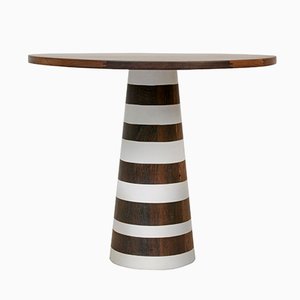
Supa Dining Chair by Mabeo Studio
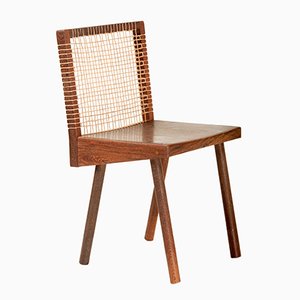
Sanka Container Large by Garth Roberts

Saale Desk by Mabeo Studio
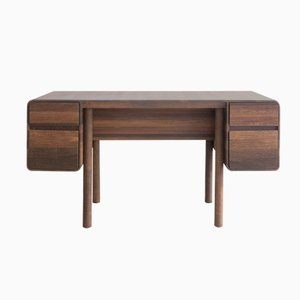
Sesana Table by Mabeo Studio

o432 Lounge Chair with Red Lacquered Spheres by Jean-Frédéric Fesseler
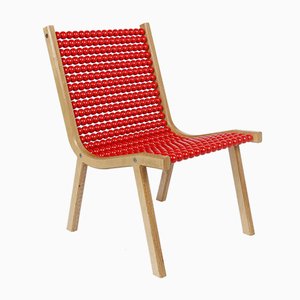
Sefefo Long Table by Patricia Urquiola for Mabeo
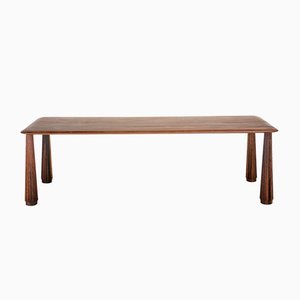
Sanka Tray Single by Garth Roberts
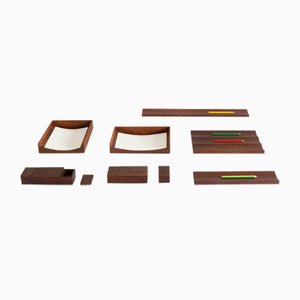
Seri Candle Holder for 1 Candle by Garth Roberts
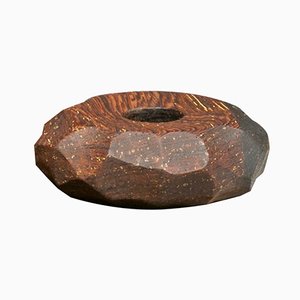
Seri Bowl by Garth Roberts
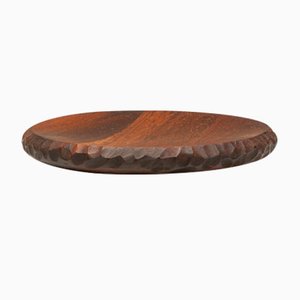
Kota Tray with Painted Trim by Garth Roberts

Meradi Cabinet: Two Door Unit by Garth Roberts

Meradi Wardrobe by Garth Roberts
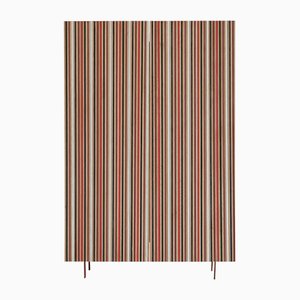
Soft Windows Poster by Atang Tshikare for Fiercepop
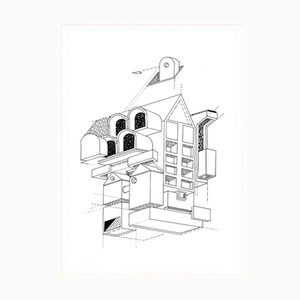
Landlord Poster by Atang Tshikare for Fiercepop
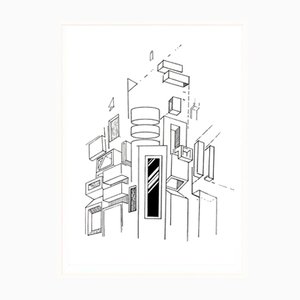






















 Bead samples used in bead trade last century
Photo © Museum Rietberg
Bead samples used in bead trade last century
Photo © Museum Rietberg
 Sefefo Dining Set by Patricia Urquiola for Mabeo
Photo © Mabeo
Sefefo Dining Set by Patricia Urquiola for Mabeo
Photo © Mabeo
